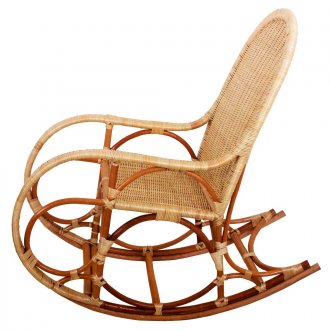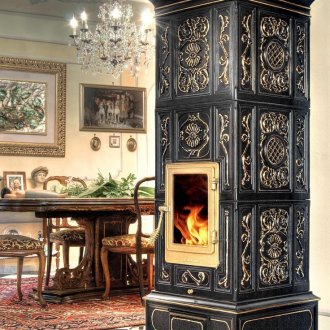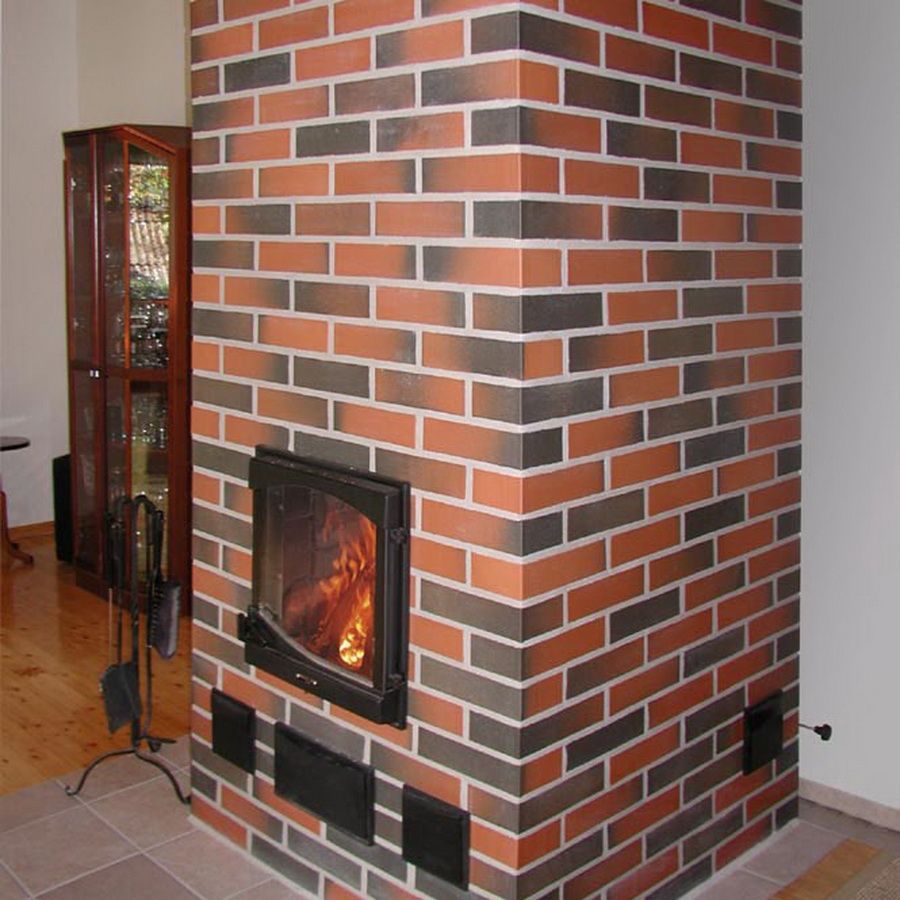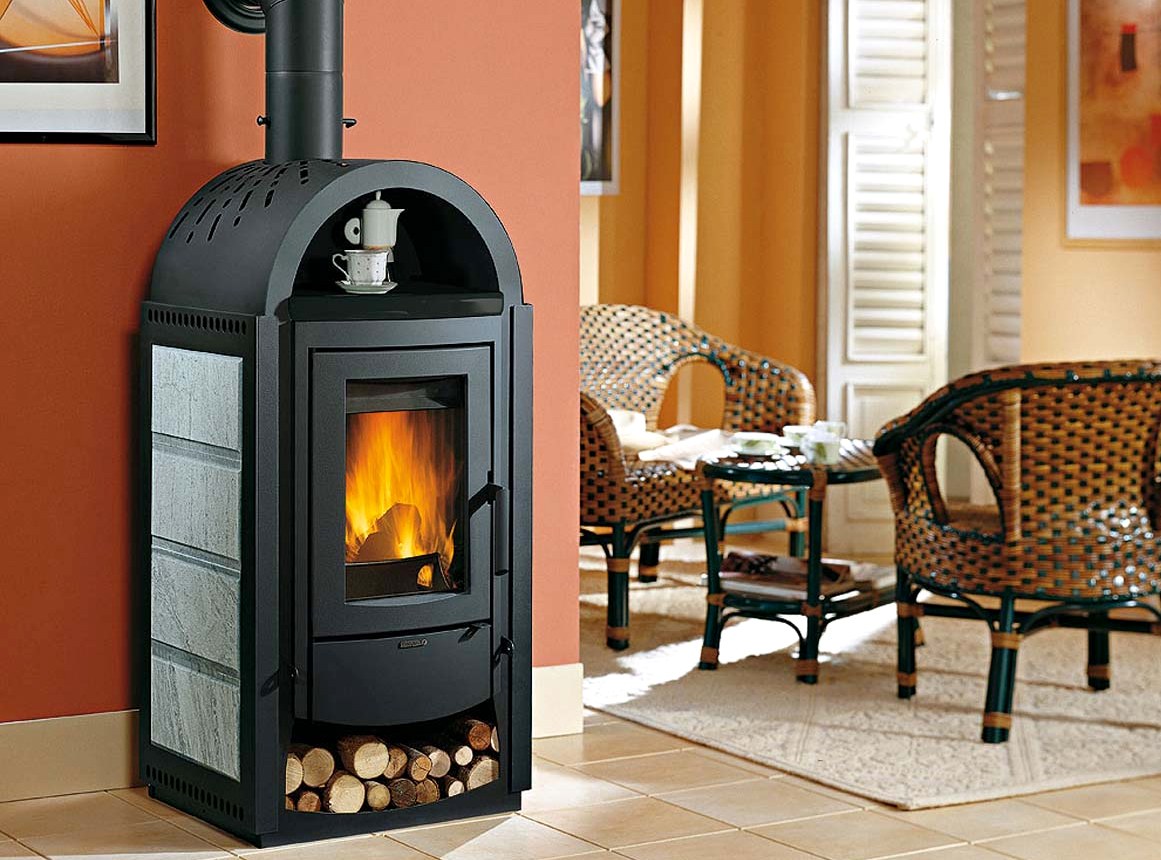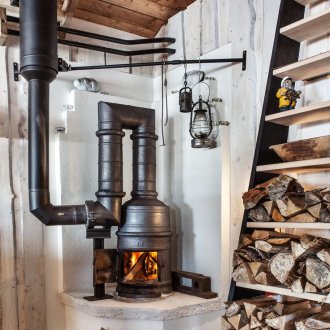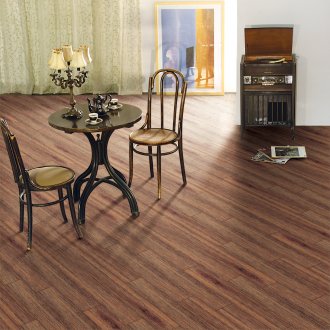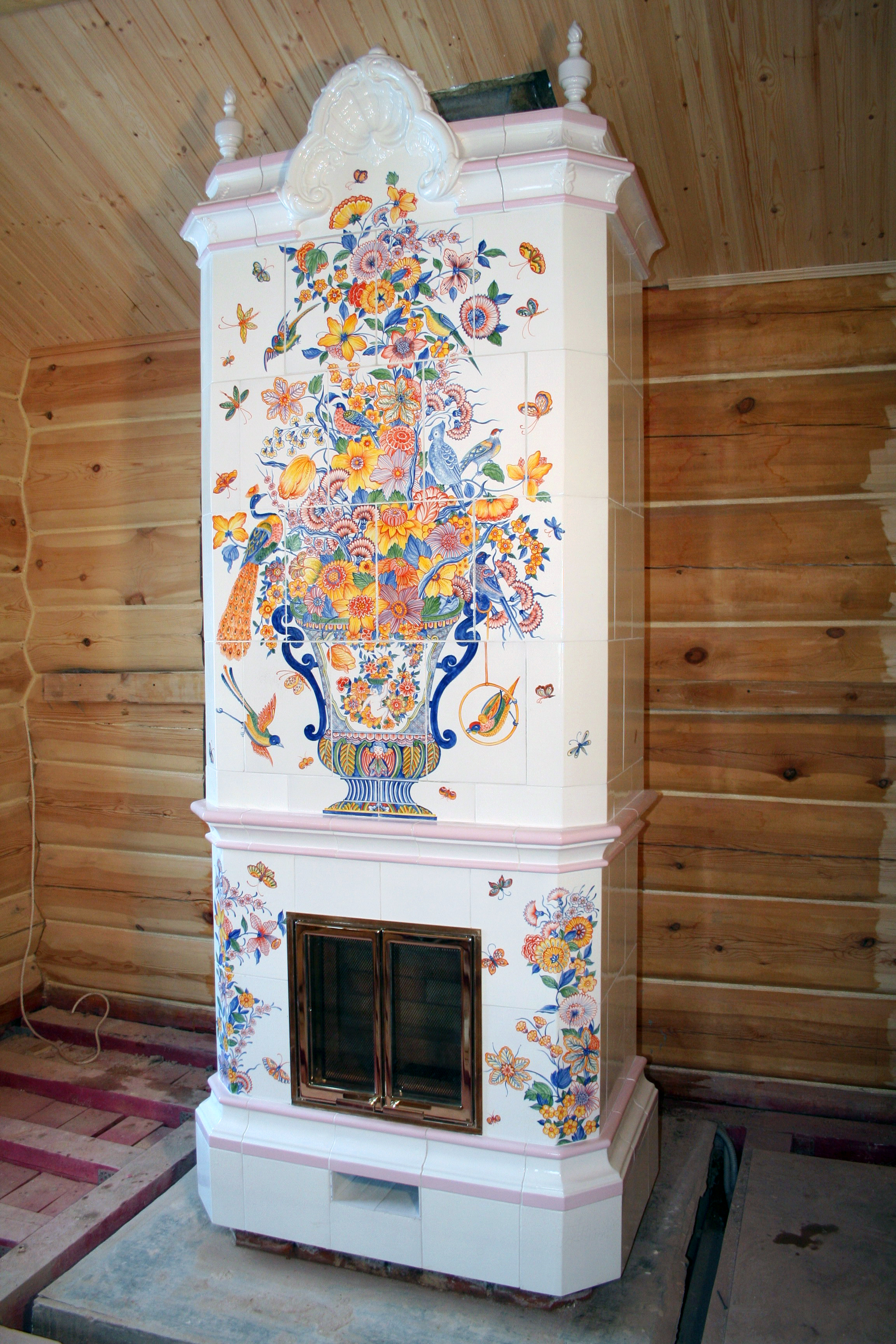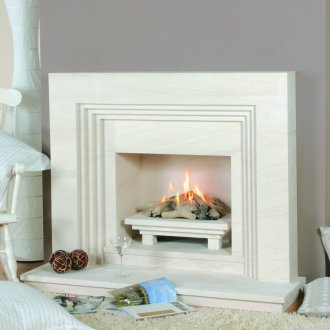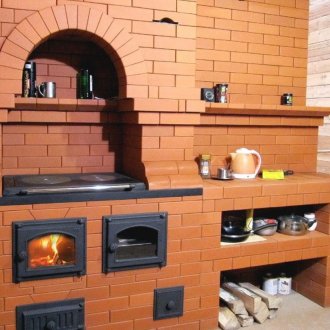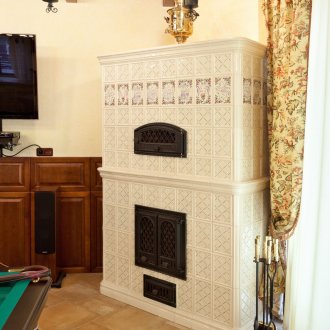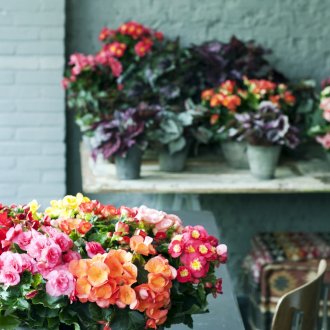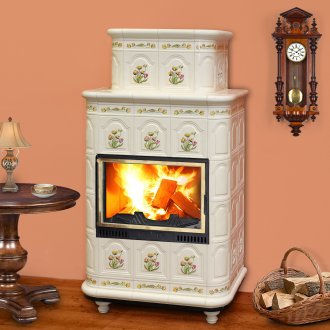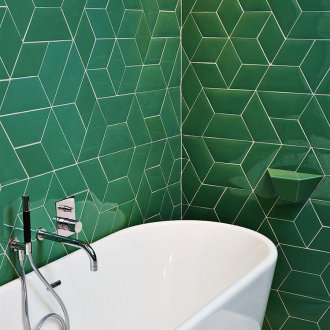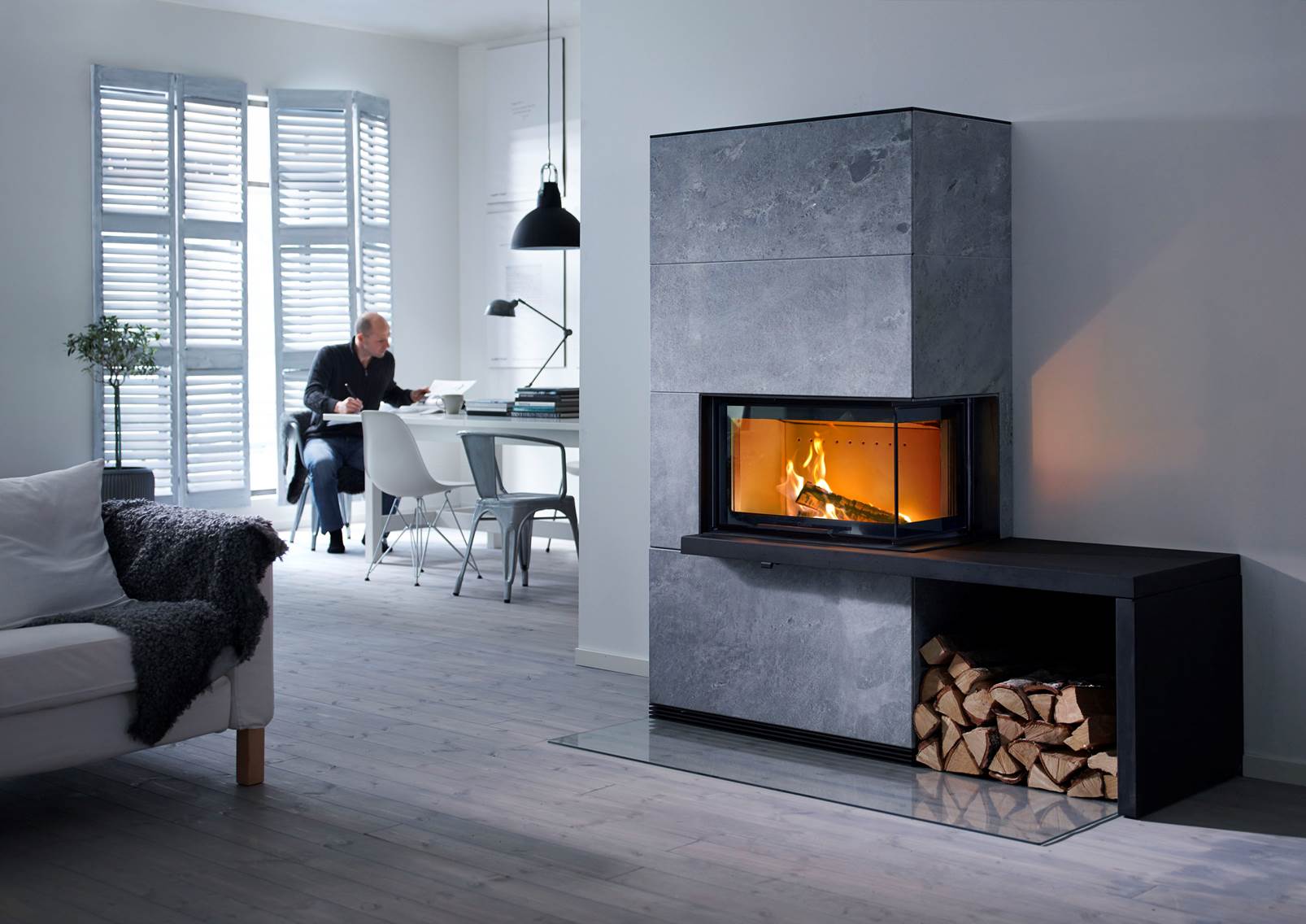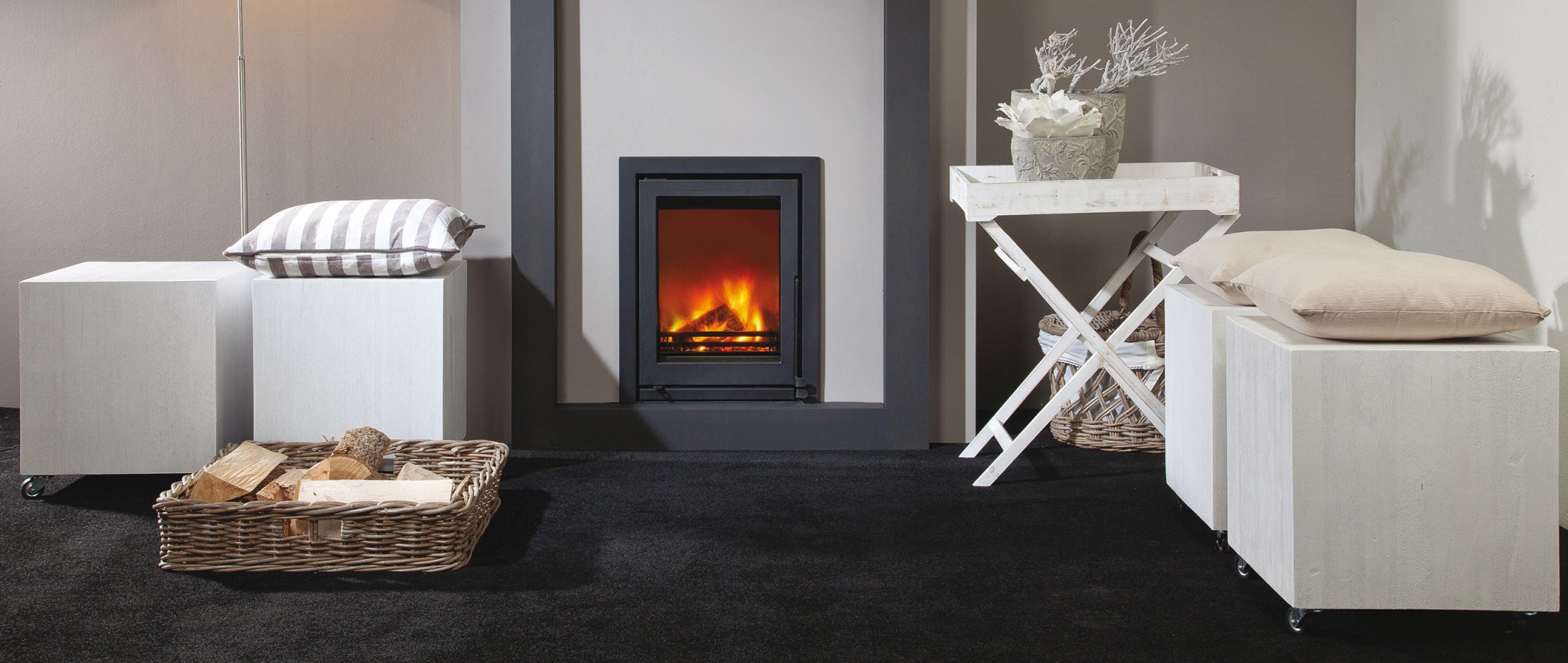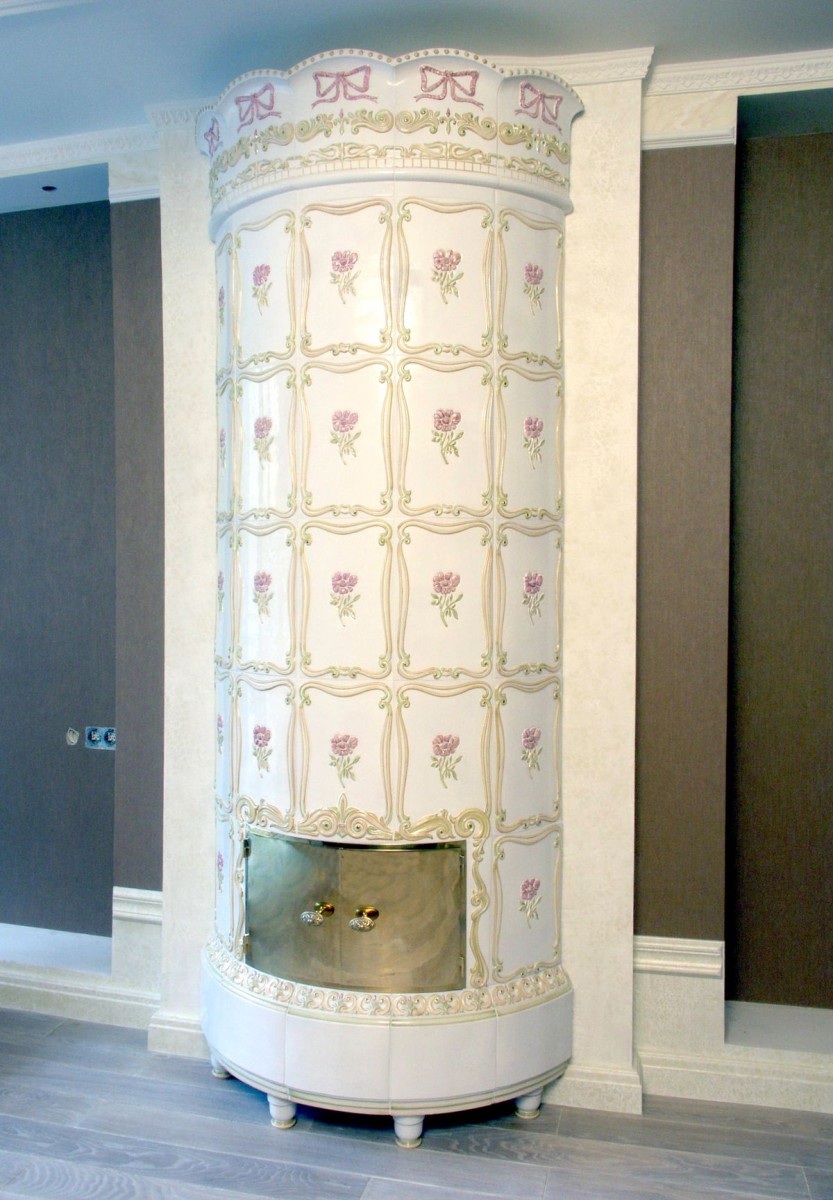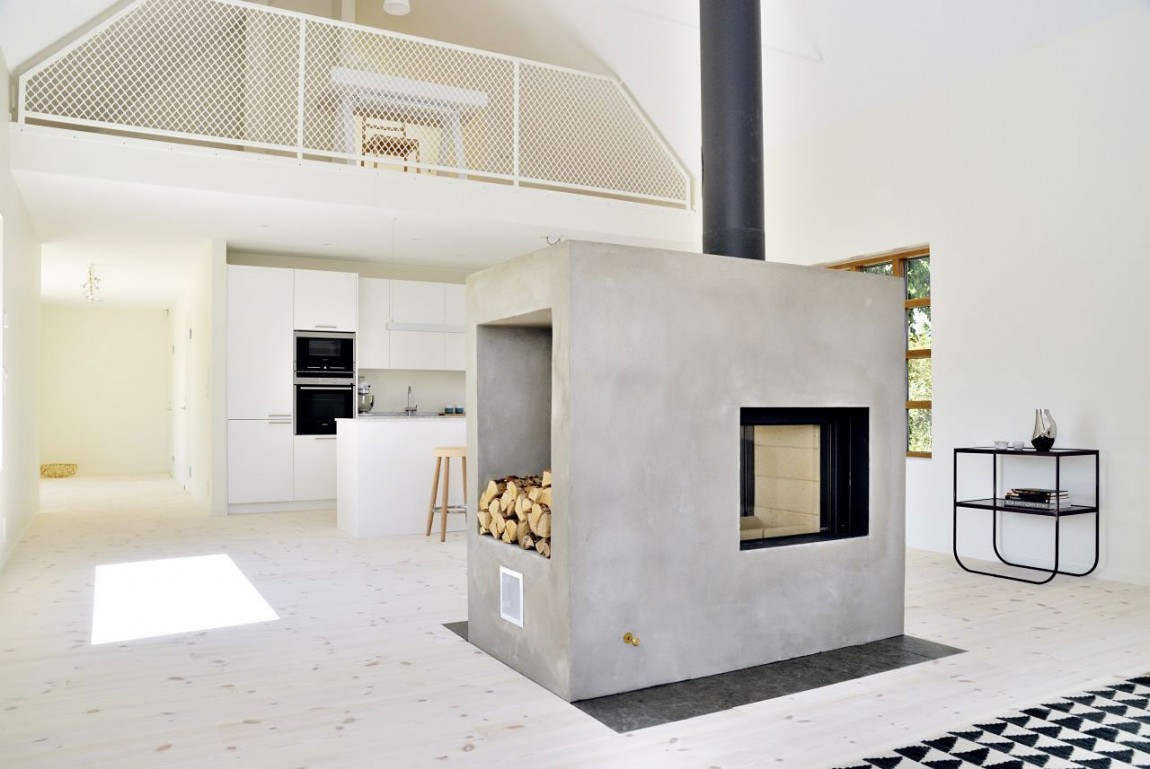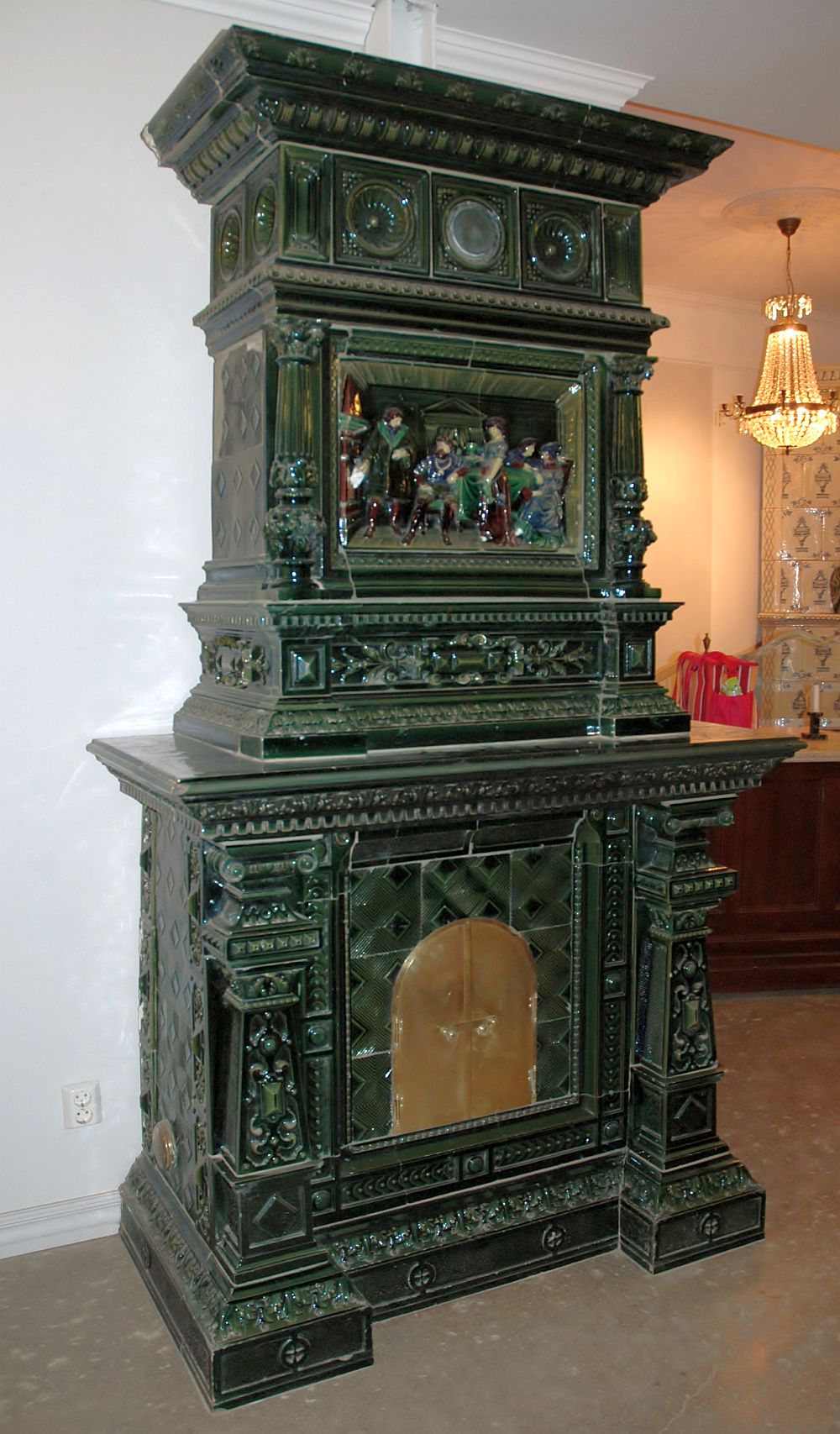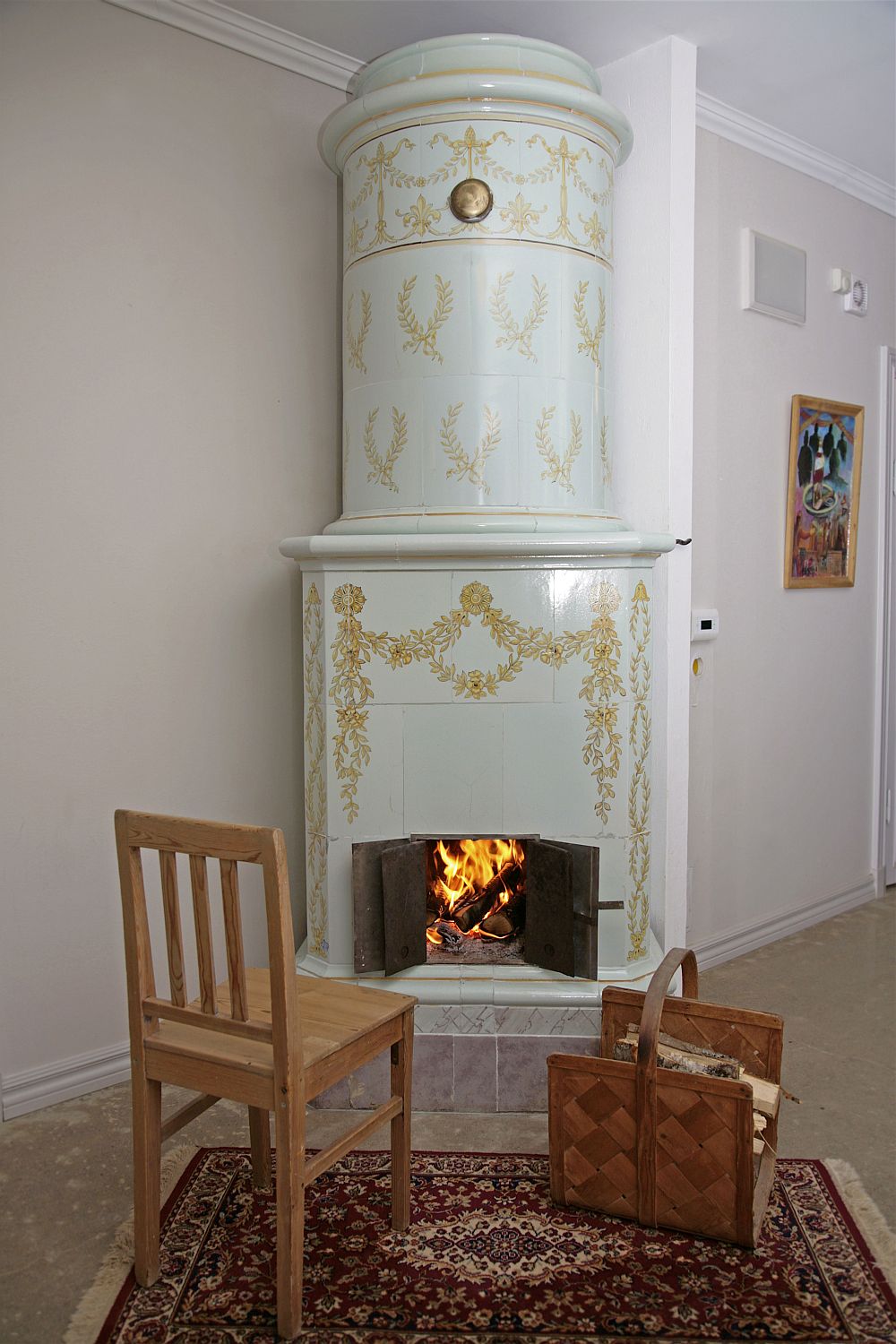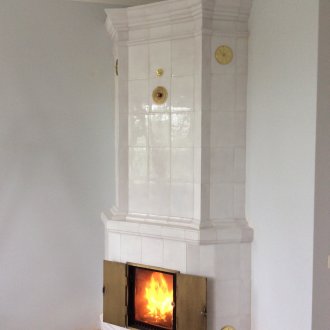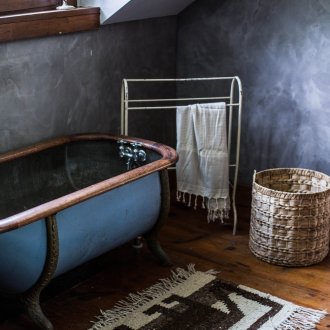Dutch oven in the interior: undeniable advantages (22 photos)
Despite its long history, the Dutch oven is one of the most popular appliances for heating homes today. The main advantage of this heating device is that it can be assembled at home, even if you have the most minimal experience in the field of construction. In order for the assembly to be successful, you only have to stock up with the proper patience and great desire.
The design of the Dutch furnace was first developed in the era of Christopher Columbus (XV century). However, the mass distribution of these products began in the first half of the 16th century. In the XVIII century, such stoves began to appear in almost every home. And by the XIX century, the presence of a Dutch oven in a residential building was already not surprising. Demand for these interior elements have not lost so far.
In the encyclopedias, "Dutch women" are characterized as heating-type furnaces, which have a rectangular, channel, and also hearth forms.
Also, the products differ in the location of the entrances to the chimney compartment. There are chimneys vertical and side.
In normal cases, the product has a cladding in the form of tiles. It is worth taking a note when reading further material.
With the advent of Dutch ovens, tiles and tiles appeared. Decoration of the oven is a must, because a bare product without any patterns in the interior of the room will look simply tasteless.
How is the Dutch oven arranged?
The device of the furnace looks like this: the path along which flue gases artificially increases in length, because of which they more intensively transfer heat to the structure of the furnace itself. Any subtleties of a physical or chemical type are not provided.
A design of this kind has developed thanks to the special conditions in the Netherlands in the Middle Ages. At that time, almost many dishes were cooked on the hearth or using a stove.
First of all, the territory of Holland was almost always distinguished by the cramped space. The inhabitants of the country won the fields and land plots from the sea. Building houses, starting with a stove, was not the best option. Therefore, heating devices were built into the finished apartments, which in turn were built in accordance with the free land. The design should have been simple, significant ductility and compactness - the very first Dutch samples were installed in place.
In this form, the stove survived to the present day, which explains the lack of a classic arrangement similar to the old Russian stoves.
Now Dutch ovens are developed in accordance with certain requirements, electronic programs are used in the production. But the simplicity of the principles inherent in Dutch furnaces ensures the invariability of the properties of a thermotechnical nature. The main thing is the exposure of the basic proportions.
It is also worth mentioning that the climatic conditions of Holland are directly dependent on the Gulf Stream: severe frost can very well be replaced by a thaw with a plus temperature. Usually winters are characterized by relative softness. For this reason, people felt the need for furnaces that could heat up in a very short period of time.They managed to achieve this only with the right combination of the sizes of the area of the internal tortuous compartment and the amount of material from which the furnace is made. Due to this ratio, Dutch products are characterized by a quick heating process and a positive level of heat capacity.
Real estate was paid precisely from the house chimney. The larger the chimney holes, the larger the household overhead. Specifically for this reason, there is a need for side outlets for house gases. This kind of device involves the conclusion of several furnaces on one pipe. This raises the problem of optimal compatibility of the elements of the chimney devices.
Due to the same cramped space, urban buildings in the Netherlands were very tall. The five-story building in the fourteenth and fifteenth centuries was not an innovation. Concrete ceilings did not exist at that time, due to which there was a need for lightweight and material-intensive household products.
Advantages of a Dutch oven
- Any changes associated with the design have a slight effect on the product in terms of its effectiveness and strength.
- Great functionality: a Dutch oven with a stove is a very common occurrence.
- Relatively small dimensions - a Dutch oven can have dimensions of 0.5 x 0.5 meters.
- Low material consumption - a Dutch brick kiln with large dimensions will require about 650 pieces of ordinary brick.
- A small weight is considered to be a consequence of the small capacity of the material: the concentrated load produced by the Dutch oven does not exceed the maximum acceptable for many types of floors.
- Elongation. This indicator demonstrates that the development of the zone above the ceiling does not make worse the efficiency of the entire home system. There are many three-story and four-story Dutch ovens.
- Resistance of the material from which the furnaces are made to various external influences, especially to thermal deformations.
- Smooth change of temperature during the spread of smoke, as well as a simple gas duct.
- The Dutch oven is different in that it warms up in a short time, and cools down very slowly.
- There is no need to provide a firebox on a regular basis, as well as accelerating heating.
- High level of heat output: a large Dutch oven is able to provide heating of 60 square meters.
Stove with stove bench
A stove with a stove bench is considered quite practical. Its distinguishing characteristics are:
- Small dimensions. This option provides the ability to place the device in a small room at home.
- The power of the system itself. You can heat up to 35 square meters of area.
- Two built-in modes for summer and winter.
- Integrated heating. A stove with a stove bench is most often placed between the kitchen and the living room. Thus, after heating the kitchen, heat is transferred to the residential part.
- Availability. Equipment and materials for installation are distinguished by their simplicity and relatively low cost.
- Aesthetic appeal. The integral design of the device with a bed can differ in a certain decorative effect. Such an element of the interior will perfectly match the apartment.
Negative features of the furnace:
- If after the furnace procedure the owner forgets to cover the view, then cooling will happen very quickly. The duct system works like a siphon that draws in cool air. This feature is considered a fundamental disadvantage of channel-type furnaces.
- During combustion, the use of low-cost high-ash sample fuel leads to the deposition of a large amount of soot.
- The installation suffers from overheating: the furnace subjected to this process begins to emit a large amount of carbon monoxide.
The most acceptable temperature for stove brow is 60 degrees.The temperature regime is determined by touching the hand: from the palm of the hand, the temperature is tolerable, the back area is unbearably burned.
